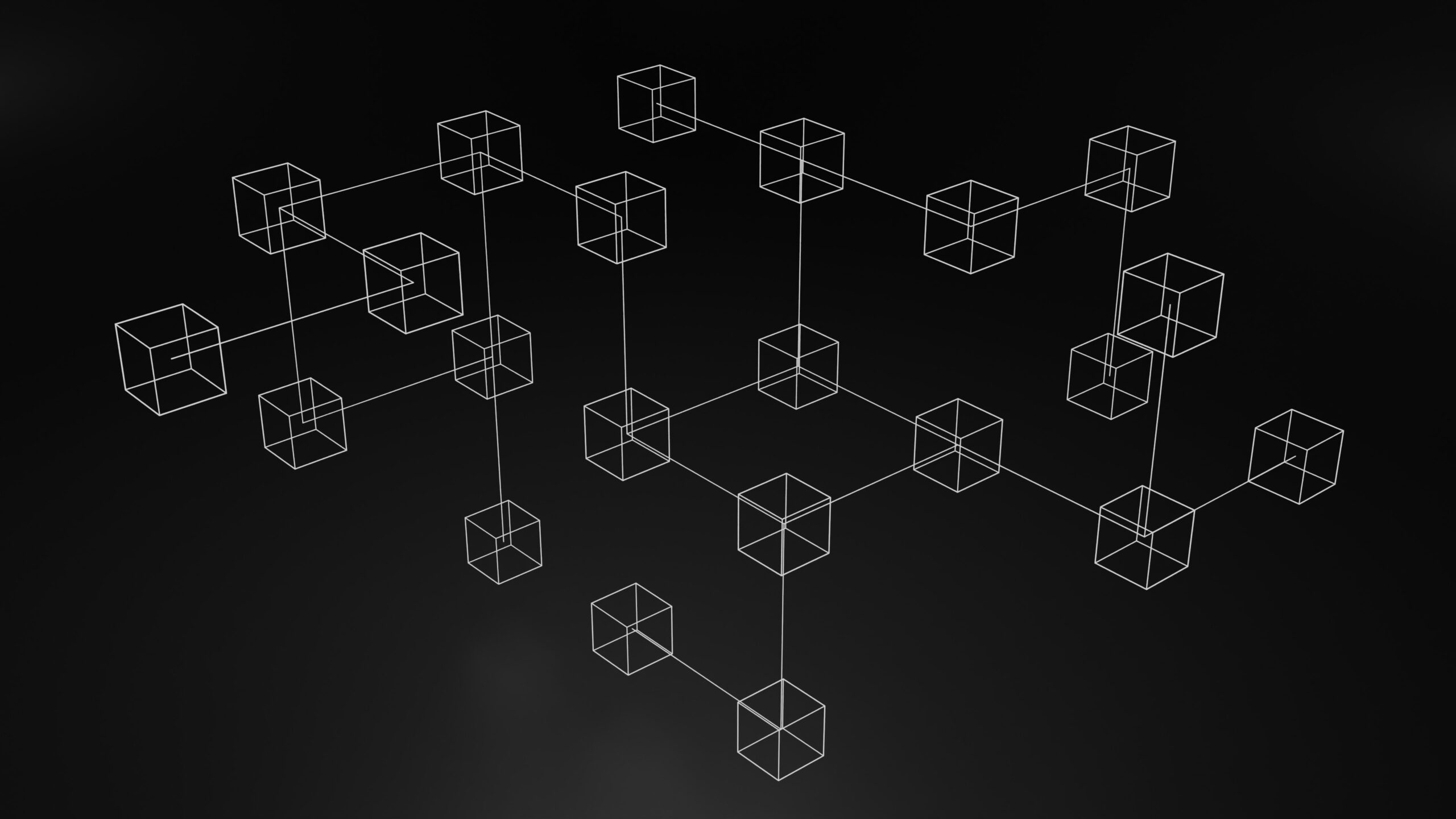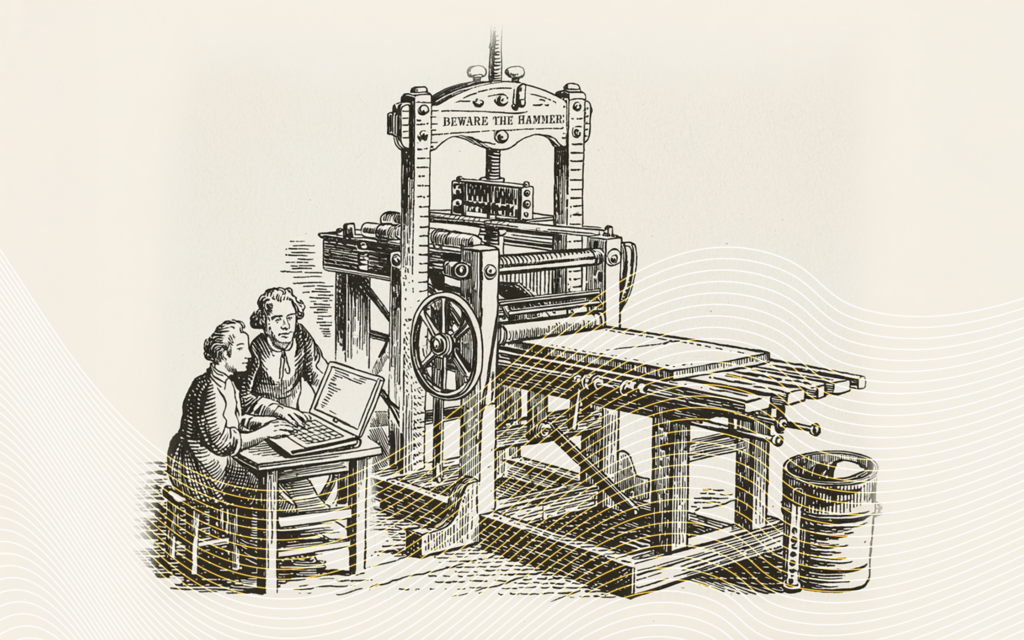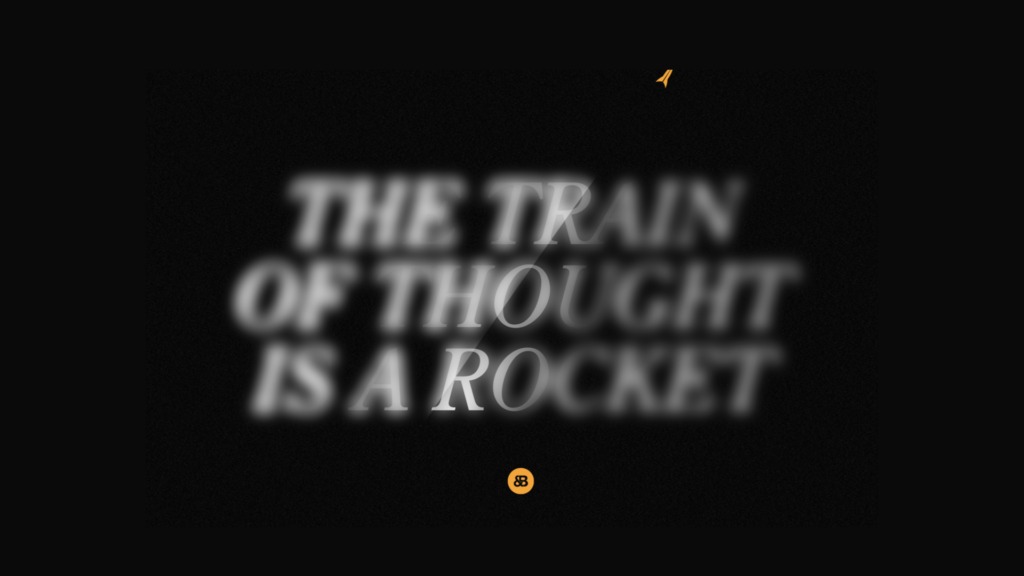
What is Blockchain?
What is blockchain technology? That’s OK if you’re a little fuzzy on the details as there is a lot of confusion about the word blockchain. It’s usually linked to the volatile world of cryptocurrency; but in simple terms, it’s a type of database.
A Google Doc is a good way to comprehend blockchain technology. When we share a document with a group, it is dispersed rather than copied or transferred. In this way, everyone gets the document at the same time. No one is locked out awaiting updates from another party, and all changes to the doc are recorded in real-time.
In order to make sure that the blockchain stays accurate and up-to-date, blocks are added. Blocks can only be added if they match a certain criteria set by the person designing the blockchain protocol. Once a block is created and verified, it then becomes part of the chain of blocks and cannot be changed or altered in any way. This is a key feature to a blockchain database and is called immutability.
So how does blockchain work and how can it be leveraged successfully for today’s business environment? Keep reading as we will answer both questions.
HOW DOES BLOCKCHAIN WORK?
Blockchain is a new technology for storing and sharing data. It’s often compared to an online ledger or database with information stored in “blocks” of data, which are then secured with cryptography.
Blockchain technology can be used for storing any kind of information, including financial transactions, contracts or other records involving the transfer of goods and services. It also has potential applications for digital voting systems, medical records and many other applications that require secure transactions between multiple parties.
Blockchain is a term that gets thrown around often in the world of technology. But how does it work? Here are the essential elements to know about blockchain:
- When you store encrypted blocks of data in a blockchain, they are chained together to make a single source of truth for the data.
- Instead of copying or moving digital assets, they are distributed. This makes a record of an asset that can’t be changed. The asset is decentralized, so the public has full real-time access and transparency to it.
- The integrity of the document is maintained by keeping a record of changes that can be seen. This builds trust in the asset.
Blockchain is a technology that builds trust through immutable records. This process creates transparent and reliable transactions without any need for third-party validation. And because the blockchain network is decentralized, no one person or organization controls it.
THE BLOCKS WITHIN A BLOCKCHAIN
When we speak about a blockchain database, it’s important to know that blockchain is a kind of data structure. The data is stored in one block that’s then linked to the next block. The blocks are put into a chain and this way the data becomes immutable and secure.
Every chain consists of multiple blocks and each block has three basic elements:
- The data in the block of text includes all the files that are attached to each other. The parts are information about where they are located on your computer, when they were created or modified, and who their authors are.
- A nonce is a 32-bit whole number that is used in the second step of a bitcoin transaction. In contrast to digital signatures, it has no meaning on its own, but can be used to provide extra protection against accidental tampering with data. The nonce is randomly generated when a block is created, which then generates a block header hash.
- The hash is a 256-bit number wedded to the nonce. The hash will be different for every single block and it can’t be guessed or repeated because it’s generated by an algorithm.
BUSINESS USE CASES FOR BLOCKCHAIN
Blockchain technology provides numerous benefits for businesses. The first and most well-known benefit is the ability to cut costs by removing unnecessary middlemen from business processes. Another benefit of blockchain (and cryptocurrencies) is the elimination of chargebacks and refunds, which cuts down on operational expenses like staffing and customer service costs.
The blockchain also allows businesses to create customer loyalty programs without the need for costly integration with third parties like banks or retailers. The automation made possible by blockchain also generates reports that allow business owners (or their managers) to monitor each transaction in real time, improving visibility into what’s happening at all points
The following are some examples of existing efforts by organizations who have implemented blockchain into their business model:
WALMART (RETAIL)
Walmart was one of the first businesses to use the blockchain to make sure food was safe and to find out where it came from. After another E. Coli outbreak in the United States, the retailer demanded that all greenery suppliers switch to the blockchain.
Based on this case, IBM started a project called the IBM Food Trust. Participation in this project offers the following advantages:
- Food safety is made sure by keeping track of where food comes from and giving people the information they need about its shelf life, manufacturer, transportation method, and more.
- By automating processes and collecting big data, we can improve the efficiency of the supply chain. This helps us find the best logistic routes.
- By giving people access to most of the data in the blockchain, which can help them check the quality and authenticity of products, people become more confident and loyal.
- The goal is to cut down on food waste and spoilage during transportation by figuring out which parts of the goods get the most wear and tear.
- Use a single “source of truth” that can’t be hacked or bribed to protect against food fraud.
WalMart now uses blockchain to track over 25 products from across the world and has plans to continue a complete rollout for all greenery suppliers.
VOLKSWAGEN FINANCIAL SERVICES (FINANCE & AUTOMOBILE)
Volkswagen Financial Services (VWFS), a financial services company, is working on a digital logbook for cars that use blockchain technology to keep track of them. If you buy a car through the program, you’ll be able to find out where the car came from, as well as how it was made or repaired and with which parts. Additionally, the structure of a blockchain will help optimize the overall supply chain and business processes.
PROPY (REAL ESTATE)
People who want to buy or sell real estate can use Propy, a real estate offer and transaction platform. Propy allows buyers and sellers, as well as their agents and deal partners, to close a traditional real estate transaction all online.
Propy account holders are people who work with real estate, like brokers and owners, real estate agents, transaction coordinators, and representatives of title companies who work with real estate deals. In some transactions, people can be added to the deal so that they can help with digital document management and signing; they can also make and accept offers without having a Propy account.
SINGAPORE AIRLINES’ BLOCKCHAIN-BASED LOYALTY PROGRAM (TRAVEL & HOSPITALITY)
Singapore Airlines has started a blockchain-based loyalty program for people who fly a lot. Using the help of KPMG and Microsoft, a digital wallet called KrisPay was made.
Customers who sign up for the service get a mobile app that they can use to keep track of their loyalty program account. Afterward, these customers will be able to turn their miles into KrisPay units and use them to pay for things at partner stores by scanning a QR code on their phones.
BONUS: HYPERLEDGER (SASS)
Although it’s not a company using blockchain, Hyperledger is a trusted resource for blockchain databases. Launched in 2015 by the Linux Foundation, Hyperledger has evolved into an open source project that helps people make blockchain ledgers at the enterprise level. Hyperledger allows people to work together to make the frameworks, standards, tools, and libraries that are needed to make blockchains and other applications.
Hyperledger Fabric is the private, enterprise level blockchain offering from IBM and Digital Asset. As part of the HyperLedger Project, Fabric can be used by private businesses to make products, solutions, and applications that use blockchain technology. Companies currently using Fabric are USAA, MasterCard, DBS Bank, and Paypal.
CONCLUSION
By now, you should have a good idea of what a blockchain database is and how it can be used in business. Blockchain has the power to change how we do business, interact with each other, and share data.
Our journey with this new technology is just beginning. There is no single point of failure for hackers to attack and change the data on the blockchain. This means that businesses, governments, and people can all share information without having to worry about their data being changed or stolen. It’s true that this can be a little scary, but think about the possibilities.
What do you think? Do you see the business implications for a blockchain database at your organization? If you do and they weren’t mentioned here, what are they?






